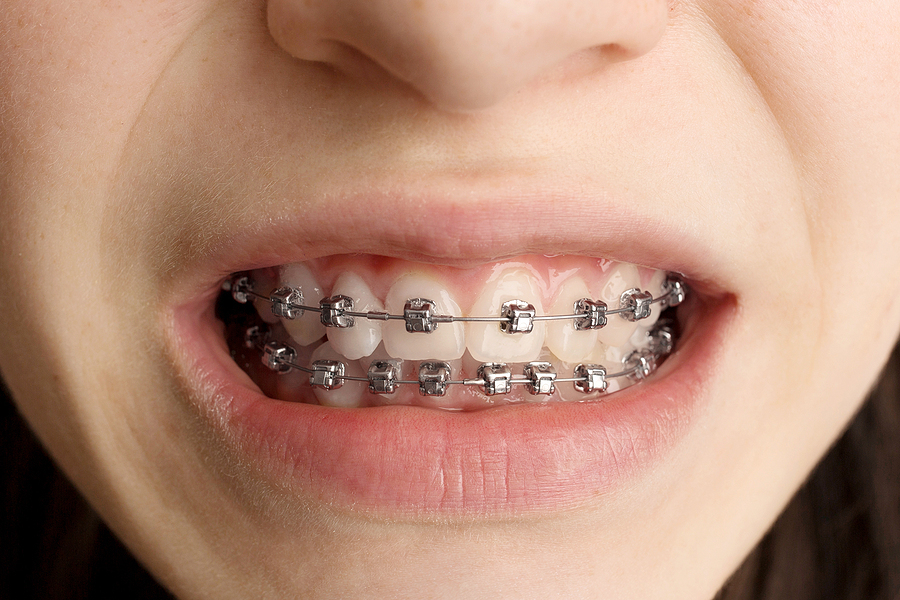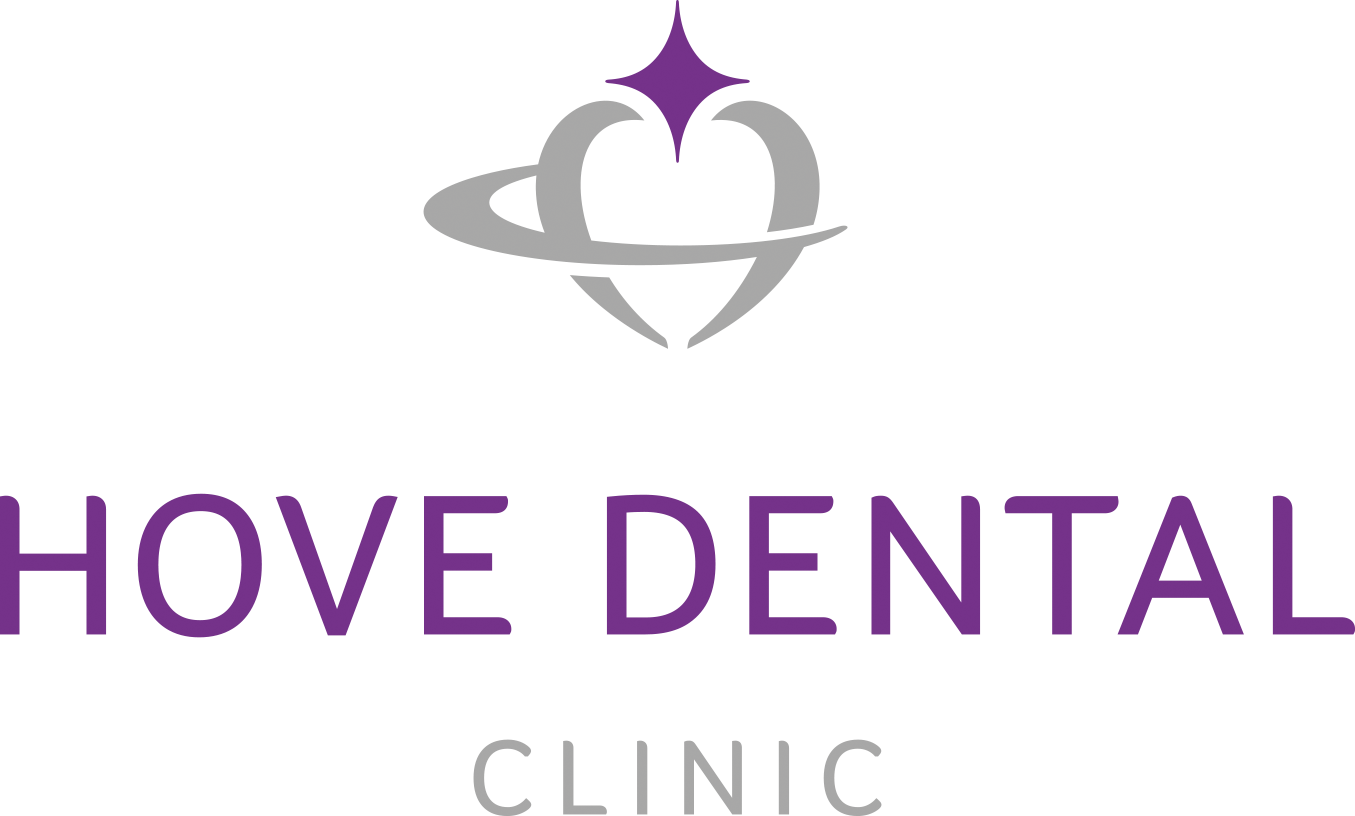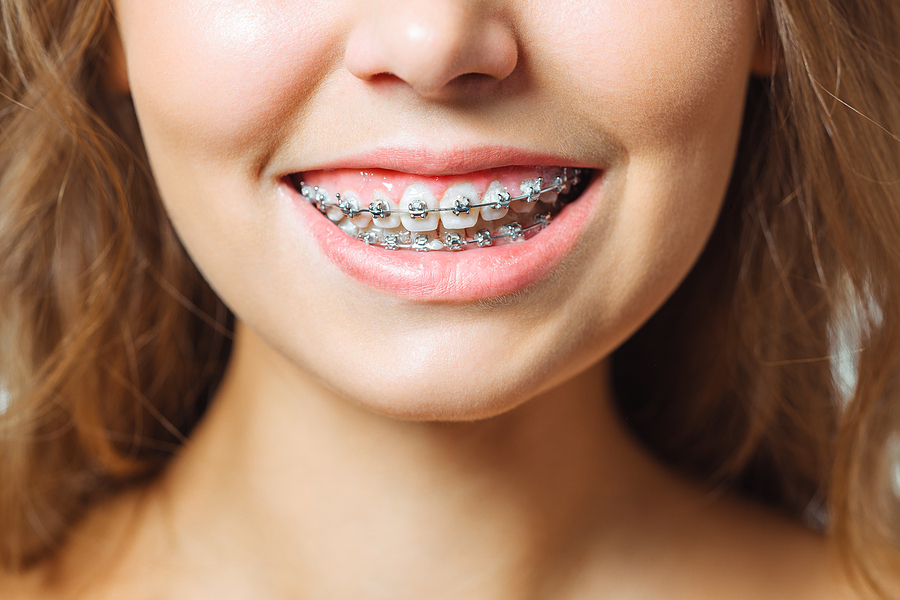Getting braces is a simple process, but can understandably prompt many questions. Concerns such as “what age can you get braces” and “how long does it take to get braces fitted” are common and, without the right answers, patients might find themselves daunted by the prospect.
At Hove Dental Clinic, we’re experts at working with nervous patients, and understand the anxieties which might come with preparing for braces. Below, we have outlined some key points to be aware of before, during and after getting your braces.
What Are the Reasons to Get Braces?
The main reason to wear braces is to straighten overcrowded, crooked or overlapping teeth. Some patients may also need braces in order to correct bite issues. Although this does benefit patients aesthetically, the primary purpose of braces is to improve overall oral health and prevent future issues.
For example, if left untreated, crooked teeth can increase the risk of cavities. This is because it is trickier to ensure that overlapping teeth have been properly cleaned, with food particles and bacteria building up where your toothbrush cannot reach, increasing the possibility of tooth decay.
Aligning crooked teeth with braces can also help to reduce general pains such as headaches or jaw pain, avoid breathing issues and closing gaps between teeth.
What Is the Best Age to Get Braces?

Getting braces is often associated with your teenage years. According to the NHS, the ideal age to get braces is around 12 or 13, when the jaw and mouth are still growing, making teeth alignment quicker.
However, there is no age limit for getting braces. Although free orthodontic treatment is only available on the NHS for patients under the age of 18, there are several options available for adults who wish to straighten their teeth with braces.
At Hove Dental Clinic, we offer alternatives for all ages. For minor adjustments, our Cfast treatment is a quick and simple way to straighten teeth with no impact on aesthetics, due to the discreet appearance. Similarly, the Smilelign System is a fantastic, non-invasive way to gently reposition teeth using removable aligners.
What to Do Before Your Braces Appointment
If you’re nervous, try to focus on the long-term benefits and remember that getting braces involves very minimal pain. You can also speak to your dental team for reassurance.
Ahead of getting braces, you will meet with your orthodontist. Usually, you will have one to two appointments. During this time, the orthodontist will perform a clinical exam, take x-rays, and get dental impressions of your teeth for the braces.
You will also decide the best type of braces for you. There are several different types of braces available, including:
- Metal braces: These are traditional braces, which use metal brackets, archwires and elastic bands to exert constant pressure on the teeth, and gradually move them into place.
- Ceramic braces: Favoured for their discreet appearance, ceramic braces use transparent or tooth-coloured brackets, wires and rubber bands to achieve the same results with less aesthetic impact.
- Lingual braces: Similar to traditional braces, lingual braces use metal brackets and archwires, but are instead fixed to the inside of your teeth.
- Invisible braces: More commonly referred to as aligners, invisible braces are intended to be removable. Made of transparent plastic, the retainer-like moulds fit over the patient’s teeth and gradually align them into position.
Before your braces appointment, you might also want to stock up on softer foods as it is recommended to avoid anything which is hard, chewy or crunchy in the early days of getting braces.
Finally, although the pain from getting braces is minimal, ensuring that you have a supply of over-the-counter pain relievers ready will help you to limit any discomfort in the initial days after getting braces.
What Are the Steps for Getting Braces?
Depending on the type of braces, there will be some variation in the process and how long it takes to get braces fitted. Even with traditional braces, no two mouths are the same. This means that every procedure can differ slightly.
However, the steps for getting metal braces generally take around one to two hours, and is as follows:
- Ahead of putting on your braces, your orthodontist will ensure that your teeth are properly cleaned and dried.
- The metal brackets will then be glued onto your teeth (usually both top and bottom). This is carried out using a small amount of non-toxic dental glue on each tooth, which is set using a blue light before the bracket is applied.
- Metal bands are placed around your back molars, once again using dental glue, to anchor the braces.
- Finally, your orthodontist will attach the archwire to the brackets, using a small rubber band (ligature) to hold the wire in place. The end of the archwire is trimmed to ensure it does not rub against your gums.
Once your braces have been applied, you will return periodically to have them readjusted and tightened, depending on the rate at which your teeth are moving. This might involve replacing the current wires or tightening the bands.
Generally, you can expect to wear your braces for between one to three years before they can eventually be removed and you can show off your brand-new smile.
Caring For Your Mouth After Getting Braces
Once you have braces, it is important to follow the guidelines and medical advice outlined by your orthodontist. Specific recommendations may vary depending on whether you have metal or ceramic braces, for example, but there are several simple steps you can take to minimise discomfort and future issues:
- Pain relief: Although getting braces is generally painless, you might find that you have some slight discomfort in the early days. To reduce headaches or jaw pain, you can take over-the-counter pain medication such as ibuprofen. If you find that your cheeks are sore from the metal rubbing, you can use orthodontic wax to protect tender areas.
- Cleaning: Maintaining a consistent and thorough dental hygiene routine is essential to keep your teeth clean and to care for your braces. The usual rules apply, but additional care should be taken as it is easier for food particles to get stuck. Brush gently for two minutes twice daily, and floss with traditional dental floss or a floss threader. You can also rinse with mouthwash to dislodge food in any tricky-to-reach areas.
- Diet: When you have braces, it is highly recommended to avoid certain foods, particularly those which are especially crunchy, sticky or hard. This might include foods such as apples, gum and popcorn. Sugary foods can also pose a significant problem as they lead to plaque build-up and cause tooth decay.
How Much Does Getting Braces Cost?
here is some variation in the cost of getting braces, depending on factors such as the age you are, the type of braces and the clinic where you’re getting them.
For example, in private clinics, the cost of metal braces can be between £1,500 to £3,000, whilst lingual braces are often more expensive, priced between £3,000 to £10,000.
To find out more about our competitive pricing for Cfast and Smilelign, and for reliable advice, diagnosis or treatment, contact our friendly team today.






















